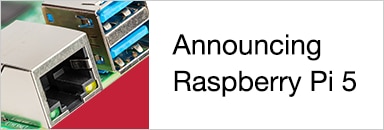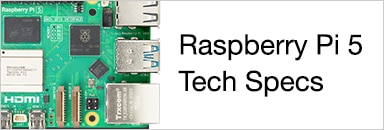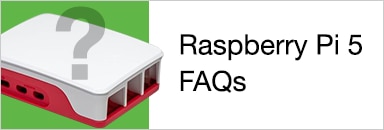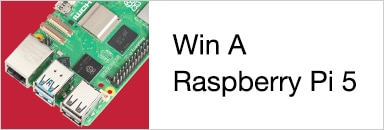So, just over a year on from the initial availability of the R-Pi and the new BeagleBone Black is upon us. They've obviously taken a leaf out of the RPF's playbook and produced a cost reduced version at a price only marginally above the Pi.
I find it interesting that the compromises are very different, for example there's a proper PMIC and the ethernet is not troubled by being connected to USB, however the on-board HDMI seems less capable.
Other differences are in the documentation, I'm currently viewing the pcb gerbers for the beaglebone.. Have yet to see any sign of those for the R-Pi a year later. There's even an up to date devicetree capable kernel too.
Technology has also moved on somewhat, we get a 1GHz Cortex A8 which is better than the Pi, along with various other stuff and lots more GPIO's too.
Ok, so it's clear that I like the look of the new beaglebone, and given the price I'm likely to put any further R-Pi plans on hold until I have a chance to play with this. It's also making things like the Olinuxino-maxi I bought recently look very slow/expensive while still being cheaper than the similarly specced Olinuxino-A13
Some details of the beaglebone-black here http://circuitco.com/support/index.php?title=BeagleBoneBlack
What do the rest of you think ? I don't expect this to displace the Pi anytime soon, but I expect it to be very attractive to those people who don't simply want to put XBMC on it and duct tape it to the back of the TV..









